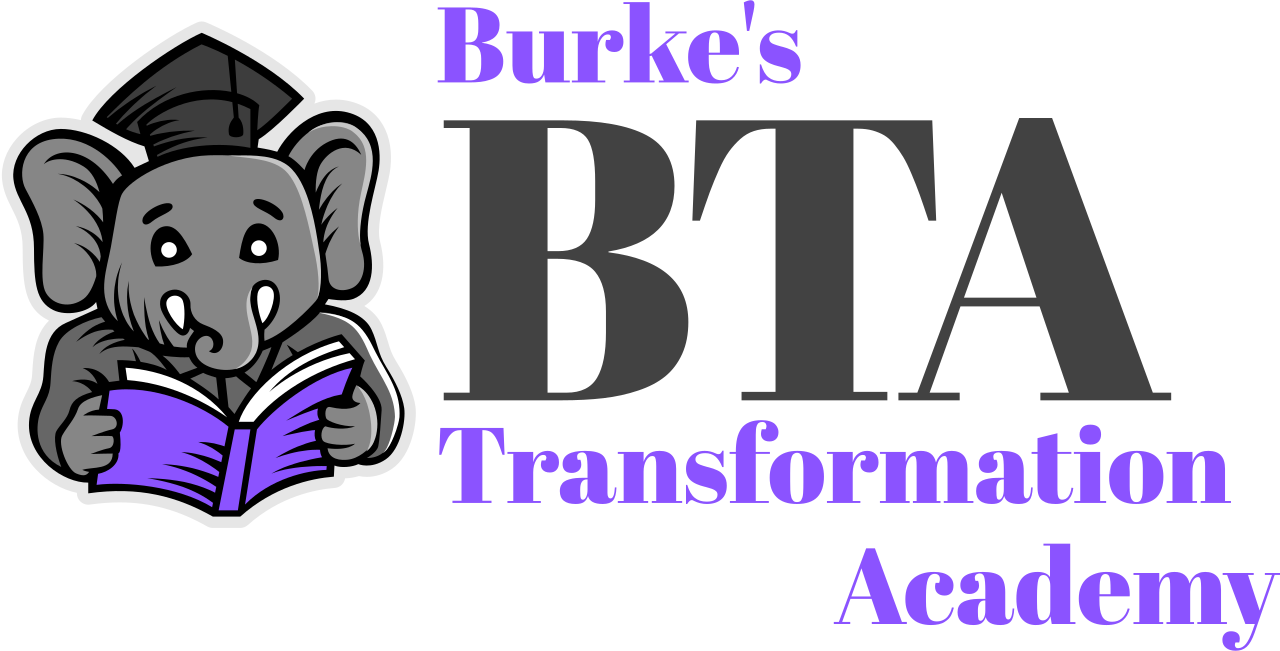Reading Comprehension Tutoring in Cypress, TX - Understand, Don't Just Read
You know that feeling when your child reads an entire page perfectly, but then can't tell you what happened in the story? I see this all the time in my reading comprehension tutoring practice here in Cypress, TX.
Just last week, a mom from near Fairbanks brought her daughter to me with exactly this challenge - she could read every single word beautifully, but when asked simple questions about what she'd read, she'd just stare blankly.
This isn't about intelligence or effort. It's actually super common, especially for kids with dyslexia. Think of it like this: your child has mastered the "how" of reading but needs help with the "what does it mean" part.
At Burke's Transformation Academy, I help bridge that gap between reading words and actually understanding them. My approach isn't just about getting through homework - it's about helping your child become a confident reader who genuinely gets what they're reading.
Schedule a Free Consultation
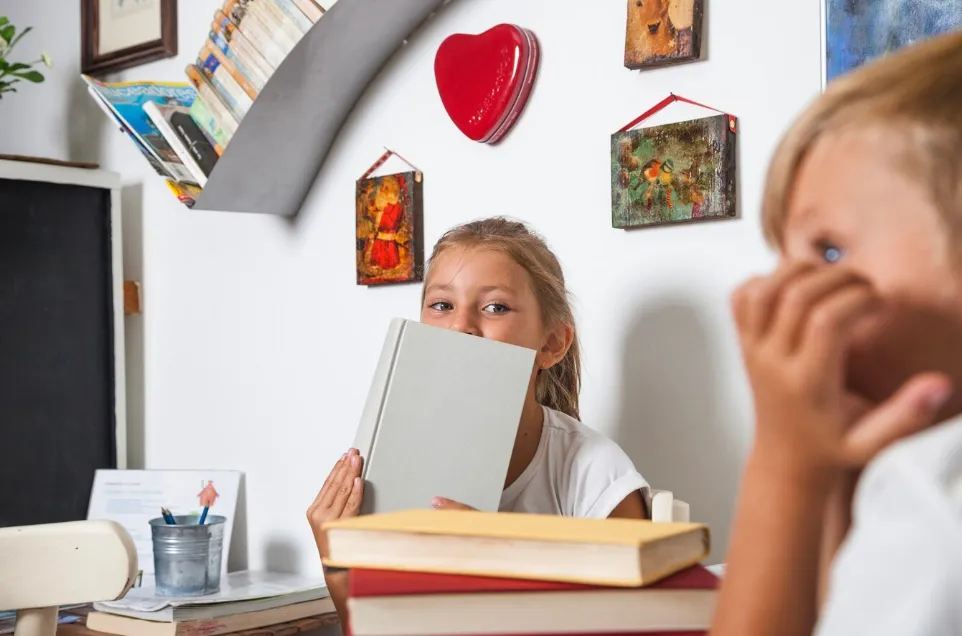
Why Reading Comprehension Feels So Hard for Kids with Dyslexia
Here's what I've learned after years of working with dyslexic students: their brains are working overtime just to decode words. By the time they've figured out what each word says, they've forgotten what the beginning of the sentence was about.
Working memory is often the culprit here. Your child might understand each sentence as they read it, but keeping track of the big picture? That's where things get tricky. This becomes especially challenging when they're preparing for those STAAR reading tests.
Common challenges I see include:
Forgetting the beginning of a sentence by the time they reach the end
Understanding individual words but missing the overall meaning
Struggling to connect what they're reading to what they already know
Feeling overwhelmed by longer passages or complex texts
The good news? Once we address these specific challenges with targeted strategies, kids start to see reading as something that actually makes sense instead of just a series of words to get through.
How I Actually Teach Comprehension
(The Real-World Approach)
I'm not going to sugarcoat it - there's no magic wand for reading comprehension. But there are proven strategies that work, and I've seen them transform struggling readers into confident ones.
According to research from the National Institute of Child Health and Human Development, explicit comprehension strategy instruction significantly improves reading outcomes for students with learning differences.
My systematic approach includes:

Graphic organizers that make thinking visible

Vocabulary work woven throughout every session

Self-questioning strategies that become internal conversations

Gradual progression from simple to complex texts
I start with graphic organizers because they make thinking visible. When a student can see how a story's beginning, middle, and end connect, or how cause and effect work in a science text, suddenly everything clicks.
Vocabulary work happens throughout our sessions, not as a separate activity. We talk about words in context, make connections to words they already know, and practice using new vocabulary in their own sentences.
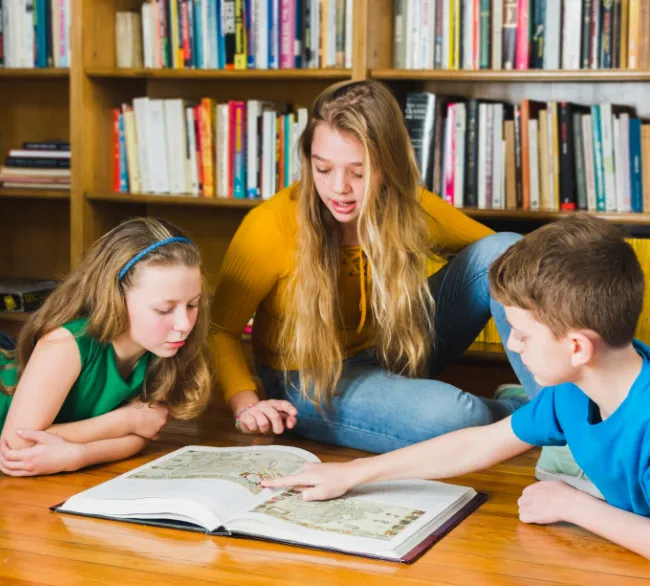
Teaching Kids to Actually Think While They Read
Active reading is where the magic happens. Instead of just moving their eyes across the page, I teach students to interact with text. They learn to mark important parts, make notes about confusing sections, and connect ideas as they go.
Students learn to:
Underline main ideas and key details
Put question marks next to confusing parts
Draw arrows to show connections between ideas
Write brief notes in margins about their thinking
We practice annotation techniques that work for dyslexic learners - not overwhelming systems with tons of symbols, but simple, effective ways to track thinking.
Critical thinking develops through guided practice with texts that matter to them. We might read about local Cypress history, sports they love, or topics they're curious about. When students care about what they're reading, they naturally engage more deeply with the content.
Through our comprehensive reading assessment process, I figure out exactly where each student's comprehension breaks down, then build instruction around their specific needs.
Real Stories from Right Here in Cypress
Let me tell you about Jake, a seventh-grader whose parents were at their wit's end. He'd been struggling with reading comprehension since elementary school, and by the time they found me, he was convinced he was "just bad at reading."
His mom drove him over from near Cypress Woods High School every week, and honestly, those first few sessions were tough. But here's what happened: once Jake learned to use graphic organizers to map out story elements, he started seeing patterns in what he read.
Within three months, he was not only understanding his assigned reading but actually enjoying it. His confidence spilled over into other subjects too.
Then there's Maria, who came to me as a quiet fifth-grader who never participated in class discussions about books. Her parents were worried she'd fall further behind as texts got more complex.
Through systematic work on making connections between her experiences and what she read, Maria became one of those kids who always has something thoughtful to say about a story.
These aren't miracle stories - they're the result of systematic, research-based instruction that addresses the specific ways dyslexic students learn best.
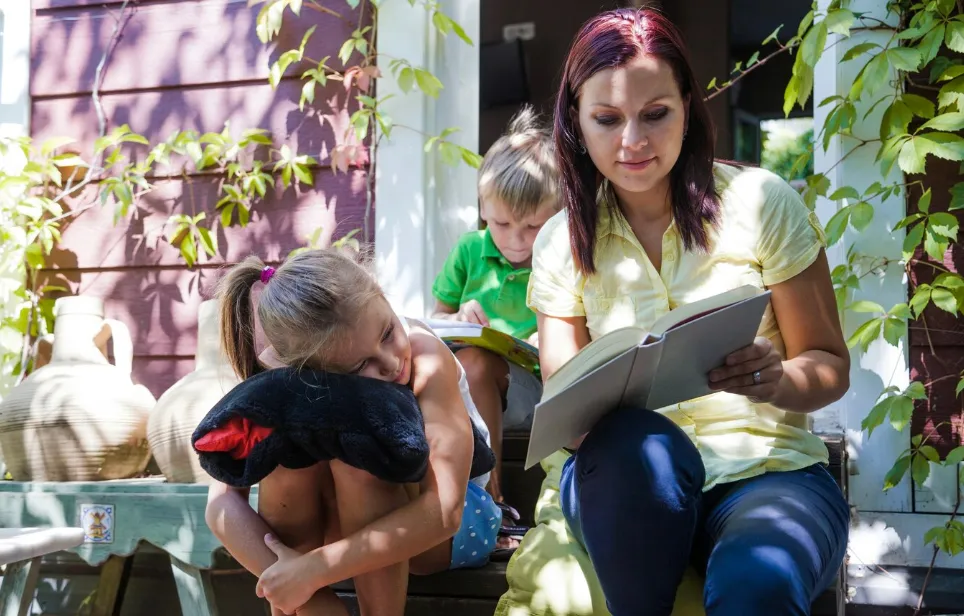
Ready to Help Your Child Really Understand What They Read?
Look, I get it. You've probably tried everything - different tutors, online programs, staying up late helping with homework. Reading comprehension struggles are frustrating for the whole family.
But here's what I want you to know: it's not hopeless, and it's definitely not your child's fault.
What makes my approach different:

Personalized strategies based on your child's specific needs

Proven methods designed specifically for dyslexic learners

Both in-person and online tutoring options available

Serving families throughout Cypress and surrounding areas
I work with families throughout Cypress, including the Fairbanks area and surrounding communities. Whether we meet in person or work together online, my goal is the same: helping your child move from just reading words to truly understanding and enjoying what they read.
Every student I work with gets a personalized approach based on their specific strengths and challenges. No cookie-cutter programs or one-size-fits-all solutions.
Contact Burke's Transformation Academy today to schedule your child's comprehensive reading assessment. Let's work together to unlock your child's reading potential.
Frequently Asked Question
Dyslexia Tutoring Questions
Why can my child read but not understand?
Reading involves two completely different skill sets. Decoding (sounding out words) and comprehension (understanding meaning) develop separately and at different rates. Many kids, especially those with dyslexia, become excellent decoders but need explicit instruction in comprehension strategies.
What comprehension strategies actually work for dyslexic students??
The most effective strategies are multisensory and visual. I use graphic organizers to help students see relationships between ideas, teach explicit questioning techniques, and show students how to make connections between what they're reading and what they already know
How do you teach comprehension without overwhelming my child?
I use what's called a gradual release approach. I start by doing most of the thinking work while your child watches and learns. Then we do it together. Finally, your child practices independently with my support nearby.
Can comprehension improve even if my child still struggles with reading fluency?
Absolutely. While fluency helps comprehension, we can work on understanding strategies using texts at your child's listening level or with reading support. I often work on both skills simultaneously - using techniques that reinforce word recognition while building comprehension strategies.
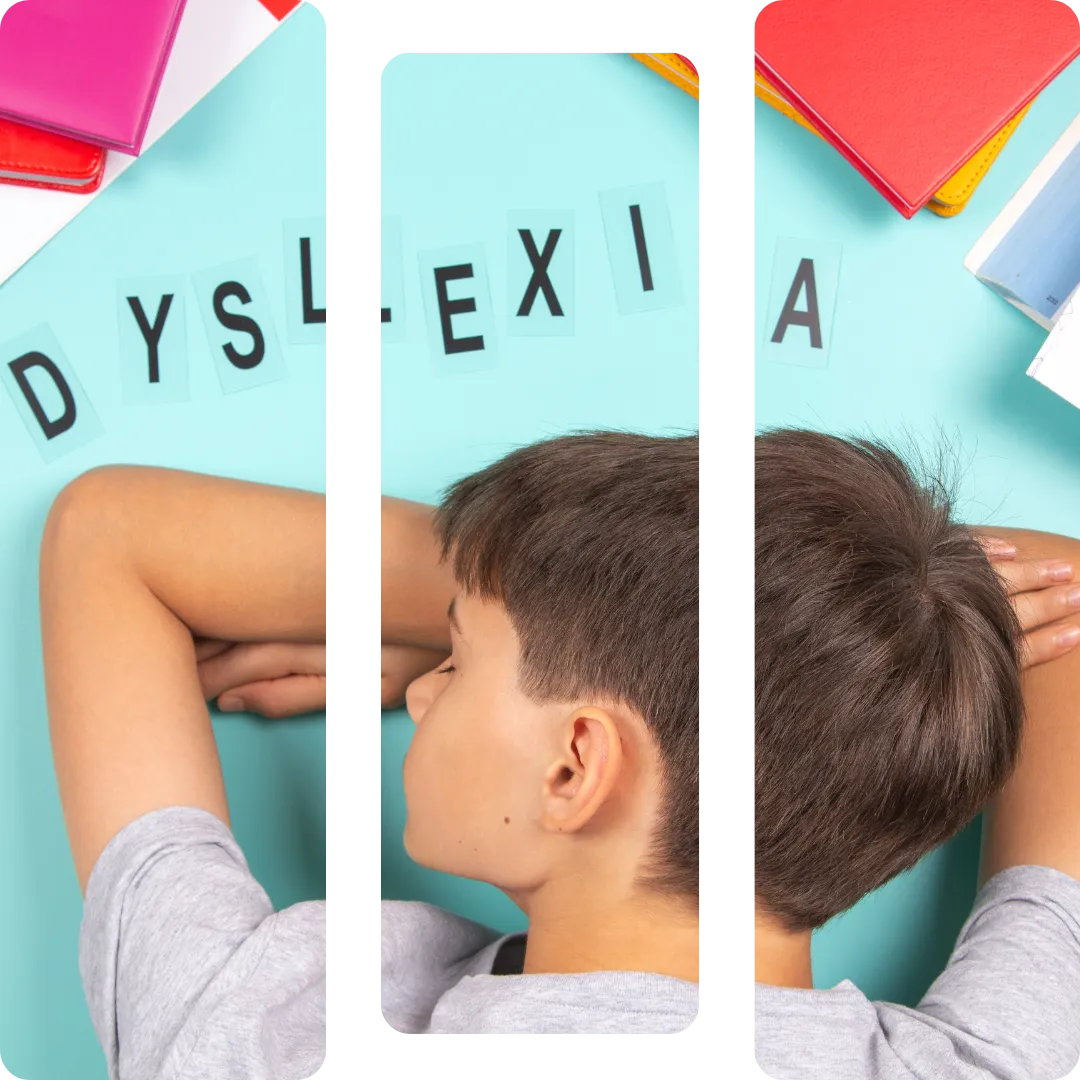
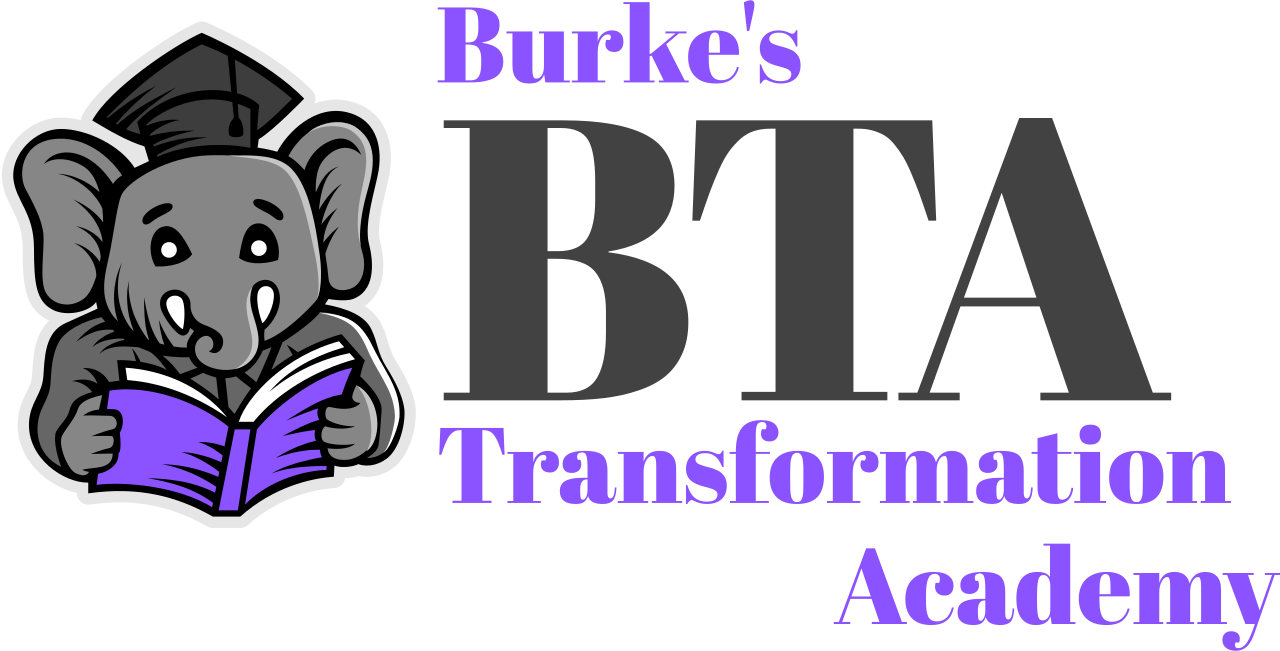
Empowering learners worldwide with accessible, quality education.
Links
Home
About Us
Pricing
Courses
Contact Us
Blog
Legal
Legal
Terms of Use
Term & Condition
Payment Method
Privacy Policy
Newsletter
Join our community to stay updated on the latest courses, exclusive content, and learning resources. Subscribe now and take the next step in your educational journey!
